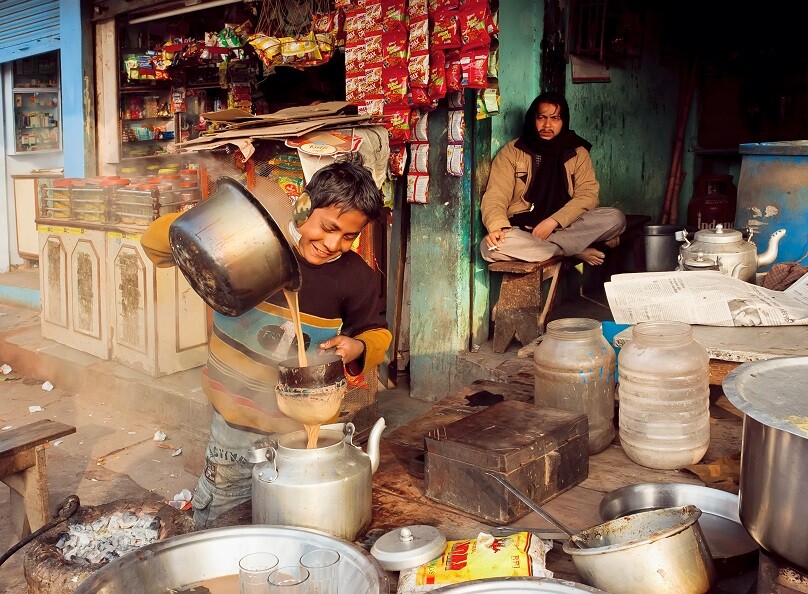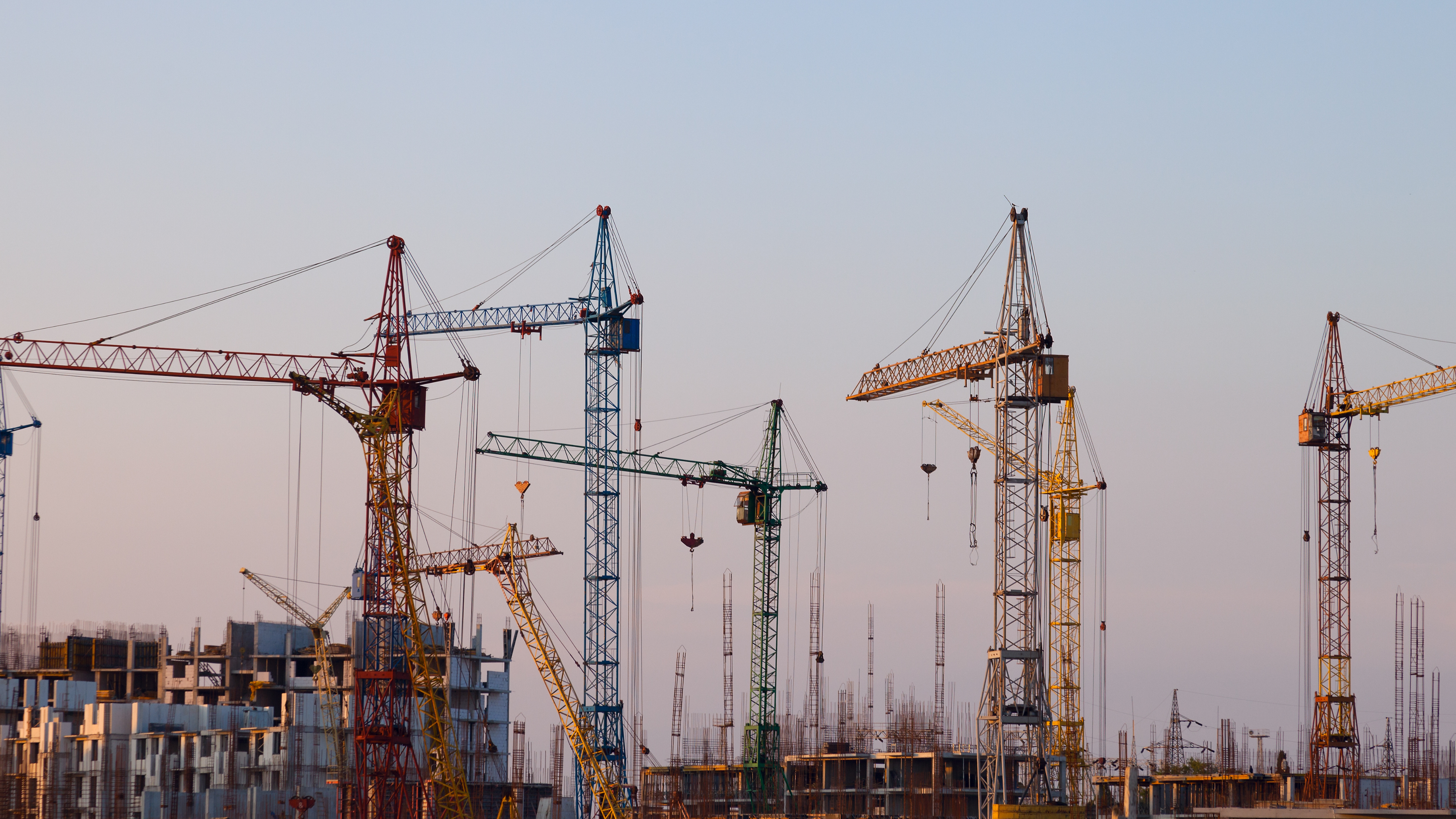
Path to Sustainable Energy in Developing Countries
November 2016
It’s a startling fact: Almost 20% of the world’s population does not have access to electricity according to the International Energy Agency’s (IEA) publication, The World Energy Outlook 2015.
Over a billion people left in the dark and many more suffering from inadequate power resources. Living without power isn’t just inconvenient. The World Health Organization (WHO) reported 3 billion people who live with little or no access to resources rely on biomass, feces from animals or coal to heat their homes.

Photo Credit: Radiokafka/Shutterstock
The results are dangerous.
“There are millions of deaths every year as a direct result of household air pollution. Furthermore, over half of all pneumonia deaths of children under 5 are directly linked to indoor air pollution,” according to the WHO.
Canada’s nuclear industry is paving a path towards sustainable, clean energy systems in developing countries as outlined by recent global partnership announcements.
This fall, SNC-Lavalin signed an agreement in principle, a joint venture with Shanghai Electric and China National Nuclear Corporation. The benefit of the collaboration will be far-reaching, building upon Canada’s innovative nuclear industry and contributing to the global reduction of carbon emissions.
In 2017 the collaborative partnership between the two countries would form two centers to develop and design the world’s first Advanced Fuel CANDU Reactor (AFCR). This new design would use recycled fuel from light-water reactors (LWRs) to generate carbon-free electricity, enough to power 4 million homes in China.
The AFCR, which is designed for a 60-year plant life, can save up to 6 million tons of carbon dioxide per year when displacing natural gas.
Cameco, the leading Canadian producer of uranium, recently delivered its first shipment to India under the Nuclear Cooperation Agreement (to power nuclear reactors). This shipment will assist India to continue to develop clean energy, helping the country meet demands of rapid population growth.
A World Energy Outlook report in 2015 stated, “Energy demand in India is projected to soar over the coming decades, propelled by an economy that grows to reach more than five-times its current size by 2040 and a demographic boom that sees India become the most populous country in the world by 2025.”
India currently has 21 nuclear reactors in operation and 6 more are under construction to help meet growing energy demands. The deal with Cameco is key to ensuring that India continues to reap the rewards of economic growth without the negative environmental impacts of increased pollution and climate change.
“Not only are we providing low-carbon energy to North America, supplying power to 1 in every 19 homes in the United States and 1 in 10 in Canada,” according to Dale Austin, manager, government relations, Cameo, “But as the world’s second largest source of uranium, Canada is contributing to the reduction of greenhouse gas emissions globally.”
Energy isn’t just something that keeps the lights on or helps heat your home. Energy is essential for social and economic development; nuclear energy is there, helping to maintain and grow sustainable energy economies, achieving economic and environmental goals for today and into the future.



